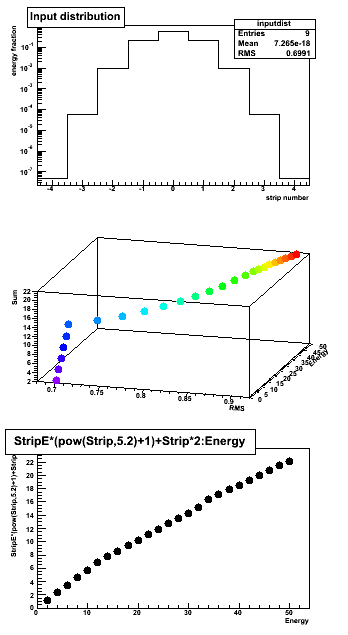- genevb's home page
- Posts
- 2025
- 2024
- 2023
- 2022
- September (1)
- 2021
- 2020
- 2019
- December (1)
- October (4)
- September (2)
- August (6)
- July (1)
- June (2)
- May (4)
- April (2)
- March (3)
- February (3)
- 2018
- 2017
- December (1)
- October (3)
- September (1)
- August (1)
- July (2)
- June (2)
- April (2)
- March (2)
- February (1)
- 2016
- November (2)
- September (1)
- August (2)
- July (1)
- June (2)
- May (2)
- April (1)
- March (5)
- February (2)
- January (1)
- 2015
- December (1)
- October (1)
- September (2)
- June (1)
- May (2)
- April (2)
- March (3)
- February (1)
- January (3)
- 2014
- December (2)
- October (2)
- September (2)
- August (3)
- July (2)
- June (2)
- May (2)
- April (9)
- March (2)
- February (2)
- January (1)
- 2013
- December (5)
- October (3)
- September (3)
- August (1)
- July (1)
- May (4)
- April (4)
- March (7)
- February (1)
- January (2)
- 2012
- December (2)
- November (6)
- October (2)
- September (3)
- August (7)
- July (2)
- June (1)
- May (3)
- April (1)
- March (2)
- February (1)
- 2011
- November (1)
- October (1)
- September (4)
- August (2)
- July (4)
- June (3)
- May (4)
- April (9)
- March (5)
- February (6)
- January (3)
- 2010
- December (3)
- November (6)
- October (3)
- September (1)
- August (5)
- July (1)
- June (4)
- May (1)
- April (2)
- March (2)
- February (4)
- January (2)
- 2009
- November (1)
- October (2)
- September (6)
- August (4)
- July (4)
- June (3)
- May (5)
- April (5)
- March (3)
- February (1)
- 2008
- 2005
- October (1)
- My blog
- Post new blog entry
- All blogs
Quick and dirty BSMD saturation simulation
Updated on Mon, 2008-12-08 15:09. Originally created by genevb on 2008-12-08 15:09.
Following some discussion in the EMC group on BSMD gain settings, I wanted to see what information is stored in the side strips even if the central strips in an SMD get saturated. This is not meant to be definitive, but rather a basic proof of principle, which may be old news to some people.
I wrote a brief simulation assuming:
- All clusters have the same intrinsic profile: a Gaussian of width 0.7 strips, which means the center strip has about 60% of the cluster's total energy (clusters are centered on a single strip in this basic simulation).
- Strip energy measurements saturate at the response they would give if they were the central strip for a 12 GeV particle.
- Before saturation, all responses are linear with particle energy.
The results are as follows:
- Top: fraction of cluster energy in each strip as a function of strip distance from central strip.
- Middle: Cluster energy sum and RMS versus incident energy (saturation affects cluster sum for all high incident energies, but the RMS becomes a source of information).
- Bottom: A function I invented using the energy of the first non-saturated strip ("StripE") and the number of saturated strips ("Strip") which is monotonic and nearly linear with incident energy.
This simple simulation did not include the strip energy uncertainties. I don't know how the resolutions in side strip responses vary with incident particle energy.
Regardless, I think this is proof of principle that saturation of response in the central strip(s) does not mean information is completely lost about the incident particle energy.

-Gene
»
- genevb's blog
- Login or register to post comments
